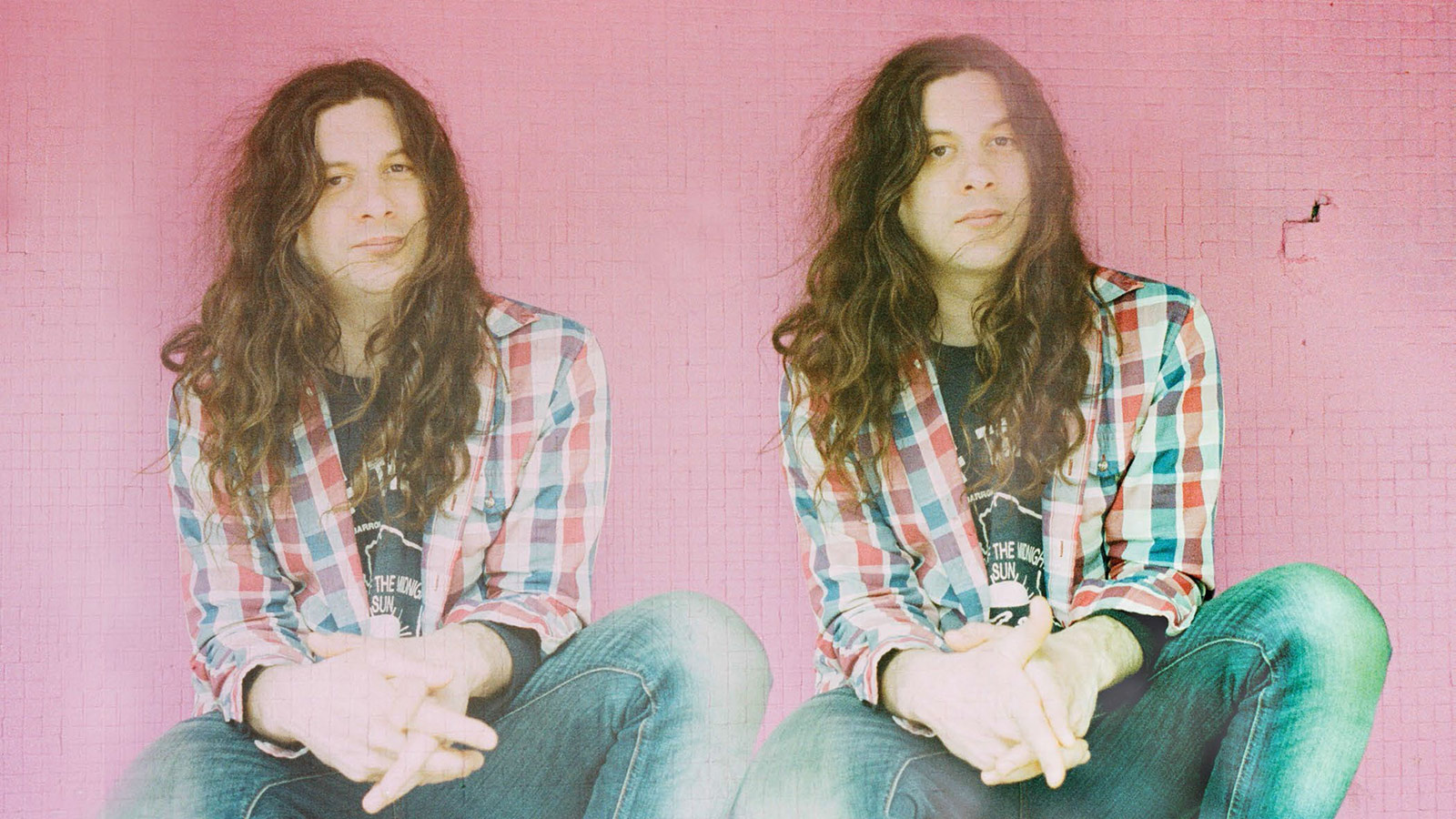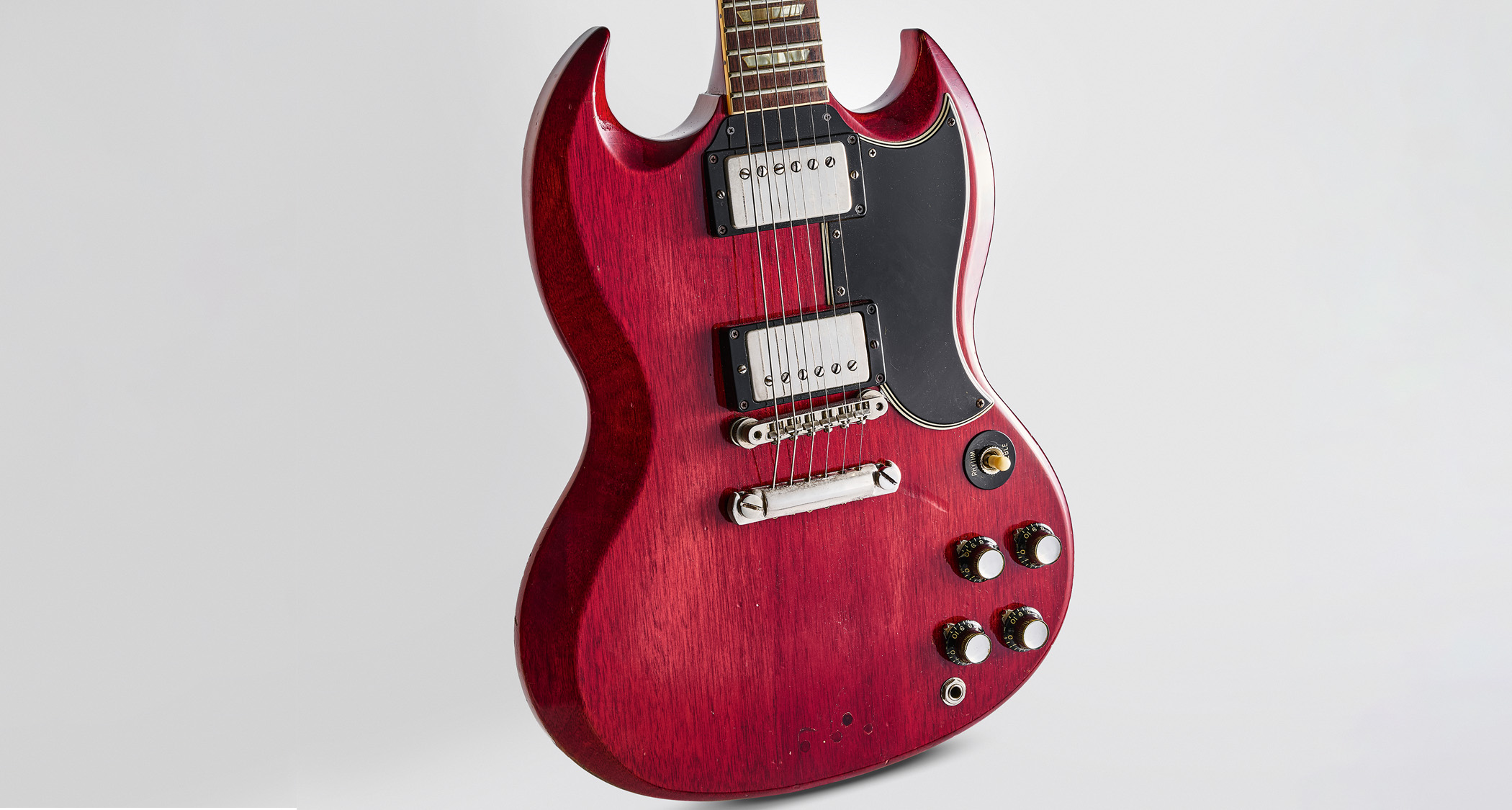Kurt Uncorked: Philly Songsmith Kurt Vile Talks New Album, 'Bottle It In'
"When I’m playing I don’t worry about it — I just feel it.” Kurt Vile dishes on his expansive new album.

Kurt Vile has spent the last several years essentially living on the road. But he didn’t let that get in the way of the writing and recording of his new album, Bottle It In. The 13-track effort, his seventh studio album overall, came together during his time on tour over the past two years; Vile — whose music combines a pop sensibility with a lead guitar approach that recalls the sprawling, exploratory style of Neil Young and Dinosaur Jr.’s J. Mascis — made use of his days off to head into studios in various parts of the country, from Nashville to L.A. as well as a return to his hometown of Philadelphia.
“I started to get used to doing that,” Vile says of recording on the road, “whereas in the past I think I was deceived into thinking, Well, the road is really hectic and tiring so I have to focus on only that. But really what’s more tiring on the road is sitting around doing nothing. So it’s actually a good time to get into the studio.”
He admits there was also a more primal urge at work: “I was terrified of the idea of going on tour for two-plus years and then starting a record from scratch. That sounded completely nauseating to me.”
From the sound of Bottle It In, it’s clear that wherever Vile found himself, he didn’t lack for inspiration. The new record is quite possibly his most expansive and creative to date, alternating between concise, catchy pop-rockers (“Loading Zones,” “One Trick Ponies”) and looser, more impressionistic jams (“Bassackwards,” “Bottle It In”). Sometimes, a song straddles the line between both, such as the 10-minute-plus centerpiece, “Skinny Mini.” “It’s sort of poppy, even though it’s 10 minutes long,” Vile says. “And I didn’t even know I was gonna rip those guitar solos at the end until I did it. But when I’m playing I don’t worry about it — I just feel it.”
Vile expects to remain on the road for the next few years in support of Bottle It In, and given the way this album came together, it’s possible the extensive road work will allow him the opportunity to put together a follow-up. “Everything spawns from playing music live, and I feel like that’s the way it should be in the studio, too,” he says. “So I’ve gotten used to having those parts of my life combined. It’s sort of become a way of life.”
All the latest guitar news, interviews, lessons, reviews, deals and more, direct to your inbox!
Rich is the co-author of the best-selling Nöthin' But a Good Time: The Uncensored History of the '80s Hard Rock Explosion. He is also a recording and performing musician, and a former editor of Guitar World magazine and executive editor of Guitar Aficionado magazine. He has authored several additional books, among them Kurt Cobain: Montage of Heck, the companion to the documentary of the same name.

